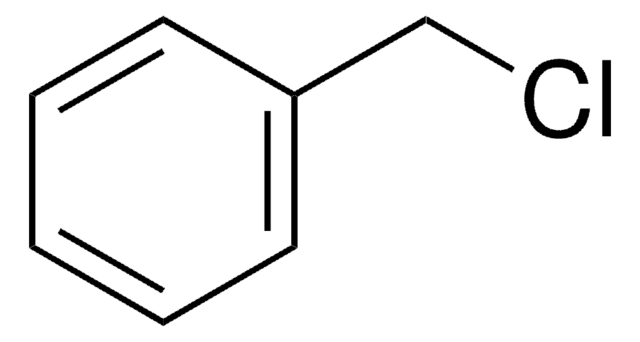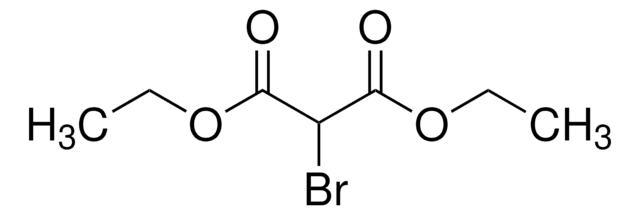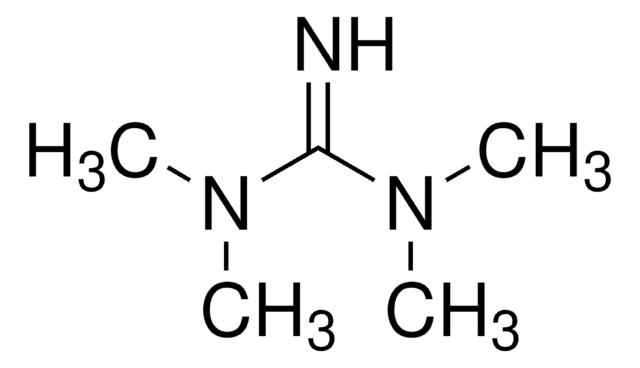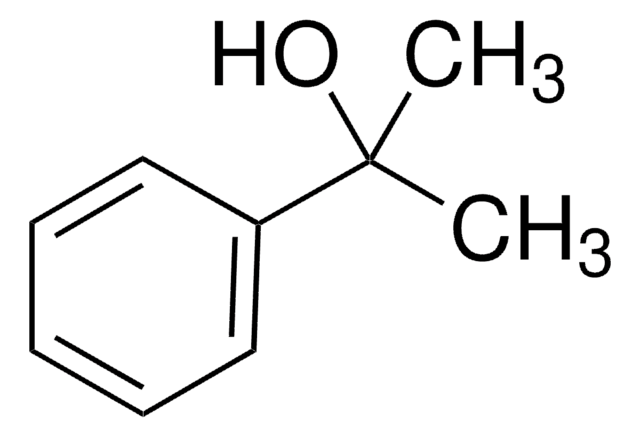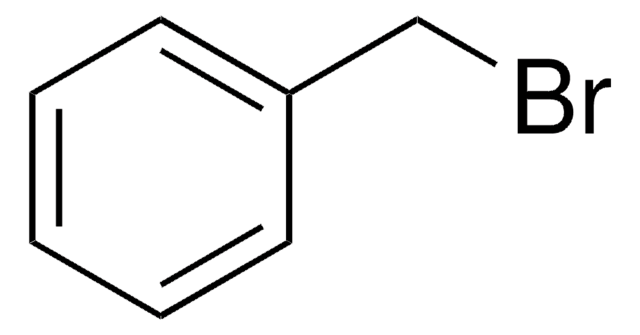159328
1,4-Dichloro-2-butene (cis+trans)
technical grade, 90%
About This Item
Productos recomendados
grade
technical grade
assay
90%
functional group
chloro
storage temp.
2-8°C
SMILES string
C\C(Cl)=C/CCl
InChI
1S/C4H6Cl2/c1-4(6)2-3-5/h2H,3H2,1H3/b4-2+
InChI key
WLIADPFXSACYLS-DUXPYHPUSA-N
¿Está buscando productos similares? Visita Guía de comparación de productos
signalword
Danger
Hazard Classifications
Acute Tox. 2 Inhalation - Acute Tox. 3 Dermal - Acute Tox. 3 Oral - Aquatic Acute 1 - Aquatic Chronic 1 - Carc. 1B - Eye Dam. 1 - Flam. Liq. 3 - Skin Corr. 1B
Storage Class
3 - Flammable liquids
wgk_germany
WGK 3
flash_point_f
127.4 °F - closed cup
flash_point_c
53 °C - closed cup
Elija entre una de las versiones más recientes:
¿Ya tiene este producto?
Encuentre la documentación para los productos que ha comprado recientemente en la Biblioteca de documentos.
Nuestro equipo de científicos tiene experiencia en todas las áreas de investigación: Ciencias de la vida, Ciencia de los materiales, Síntesis química, Cromatografía, Analítica y muchas otras.
Póngase en contacto con el Servicio técnico
![1,8-Diazabiciclo[5.4.0]undec-7-eno 98%](/deepweb/assets/sigmaaldrich/product/structures/120/564/5b373e23-1624-489c-8efb-692de0f96ffb/640/5b373e23-1624-489c-8efb-692de0f96ffb.png)
